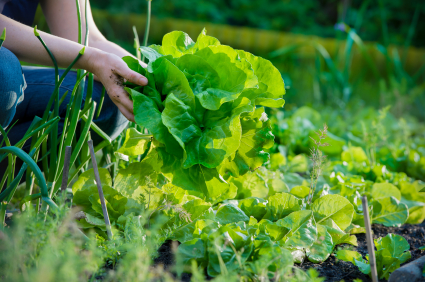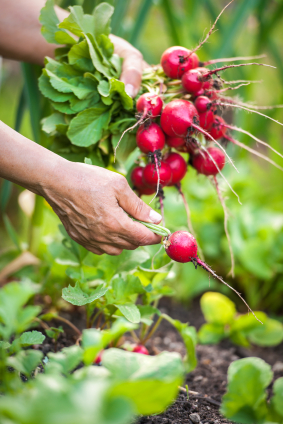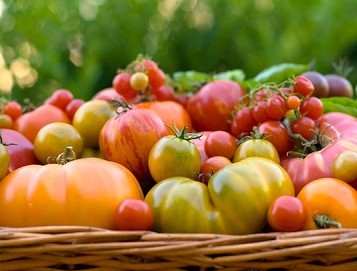Whatever we do today is for food and it is pretty much necessary to survive if you can grow your own food. Every one of us craves for the best, and of course, highly hygienic and healthy food prepared by picking up the veggies, and spices, from our backyard like in the good old days. But due to rapid increase in population there is a decrease in the space to hold a lovely backyard, with beautiful vegetable plants. To all those who dream of cooking their own home grown fruits and veggies, here is the information you wanted about cultivating your own kitchen garden.
A Kitchen Garden
Kitchen garden can be deciphered as a green patch in the backyard, terrace, or even in the little balcony, capable of producing fresh fruits, vegetables and also the spices necessary to make a complete and a healthy individual meal. A kitchen garden can include only vegetables making it a vegetable garden, a knot garden holding the herbs, or even a potager, containing vegetable, fruit, herb and even floral patches.
To Start With a Kitchen Garden
Even in the minimum space available along your residence one can plan and create a small idealistic kitchen garden. If the food harvested from your own garden is adequate and tastes good then you can happily put an end to the overrated organic veggies.
Here are few tips about how to lay a foundation stone for your groovy garden.
-
Selecting the location:
Start up the cultivation by selecting a sunny spot that can receive at least six to seven hours of bright sunlight. The location should also be the one that can drain away excess water easily.
-
Plan your plants:
Soon after selecting your location, plan your plants, i.e., sketch your garden by deciding upon the plant positions. Get a clear idea about what you wish to grow in your kitchen garden. Try going diverse and at least cultivate two plants of same variety.
Do your homework for different plants and their growing techniques, in terms of their space requirements, water, nutrient, temperature, and any other specifications, like the setting up supports in case of vines, and climbers.
-
Groundwork in your garden site:
After making your garden sketch, start preparing the garden site to support voracious plantations accordingly. I personally recommend going with building raised beds for developing vegetable patches, and using containers for herbs. This can enhance both appearance and fineness to your garden.
Building beds can help you manage sod, i.e., unwanted grass growth that can be removed easily. Containers for herbs can prevent them from over spreading and offer a lovely growth.
-
Choosing the plants:
If you are an amateur gardener then you are advised to start small. Start with a lovely salad garden including the fast growing leafy vegetables varieties like spinach, lettuce and more. Also include few veggies like tomatoes, carrots, onion, cucumber, egg plants, broccoli and few pepper plants along the raised beds.
Do not forget to include culinary herbs in your garden as they spice up and add aroma to your preparations. Grow few varieties of chives, i.e., the spring onions, basil or mint, dill, coriander and curry leaves, as start up herb varieties.
Decide upon using the seeds or transplant varieties to start up. Seeds are often advised as they cost you less, and also you can inextricably enjoy every inch of your plant growth.
-
Watering and Maintenance:
Proper watering is necessary for better growth. Depending upon the age of the plant and variety of the plant the irrigation needs vary and they should be followed accordingly.
Maintenance of the garden after planting is as important as groundwork before planting. Regular growth checks and use of protective barriers such as fences, organic fertilizers and pesticides can aid in producing healthy and naturally delicious food.






